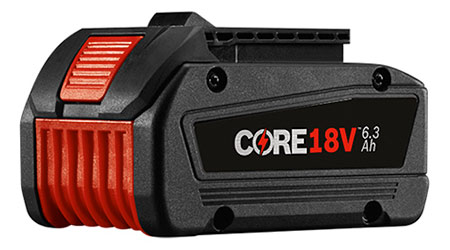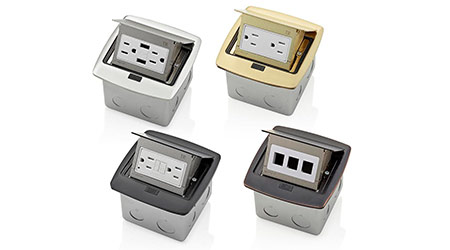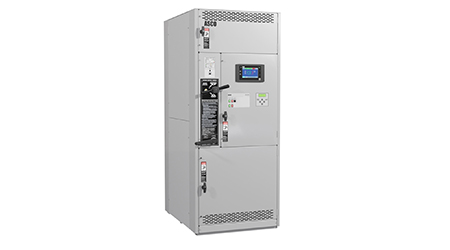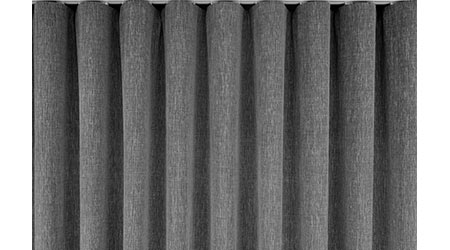« Back to Facilities Management News Home
« Equipment Rental & Tools
Lithium-Ion Battery and Equipment Productivity

Upgrading your jobsite and doubling productivity just got easier with a battery that delivers on the promise of increased power. The Bosch GBA18V80 CORE18V Performance 18V Lithium-Ion 8.0 Ah Battery uses the latest high-power 21700 cells to deliver twice the power and runtime of standard batteries.
The 8.0 Ah CORE18V Performance Battery provides high-capacity power and outstanding power-to-weight ratio at a practical 2.14 Lbs. Thanks to cutting-edge engineering, this battery features advanced cell technology that delivers great power with lower internal resistance. Instead of the 15 cells packed into much larger batteries, the CORE18V Performance Battery houses just 10 cells to deliver significantly more power in a lighter, more compact package.
The 21700 cell provides 11 percent more power and 27 percent more runtime with the same number of cells as an 18V 6.3 Ah battery. This innovation enables the battery to efficiently transfer more power to the tool, which improves performance. It’s designed to deliver the power and battery efficiency required by high-capacity tools.
“We designed the 18V 8.0 Ah CORE18V Performance Battery for high-capacity power tools, such as reciprocating saws, circular saws and rotary hammers that require high power for the most demanding applications,” said Theron Sherrod, product manager, Bosch Power Tools. “The high-performance battery allows trade pros to use their most powerful tools on the jobsite for longer periods of time.”
The GBA18V80 battery also features design elements that keep the battery cool. Heat is the natural enemy of batteries; Bosch engineered the exclusive CoolPack 2.0 technology to manage the heat of the higher power-density cells. It provides better cooling than the previous-generation CoolPack system, extending battery lifetime by 35 percent. Improvements in the design transfer more heat to the Performance Battery’s outer surface where it’s forced away from the battery.
More From 4/16/2019 on FacilitiesNet













